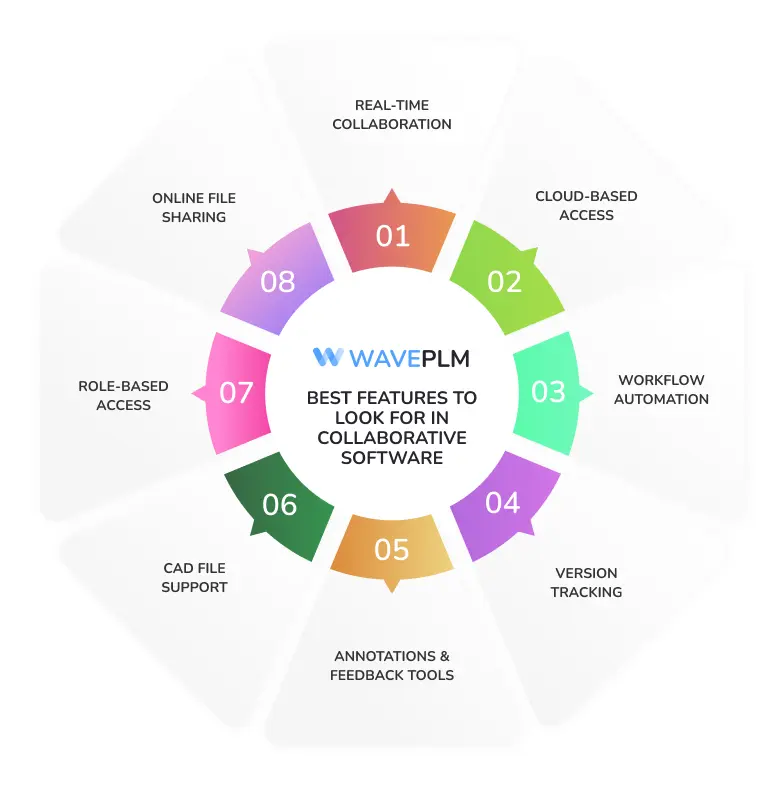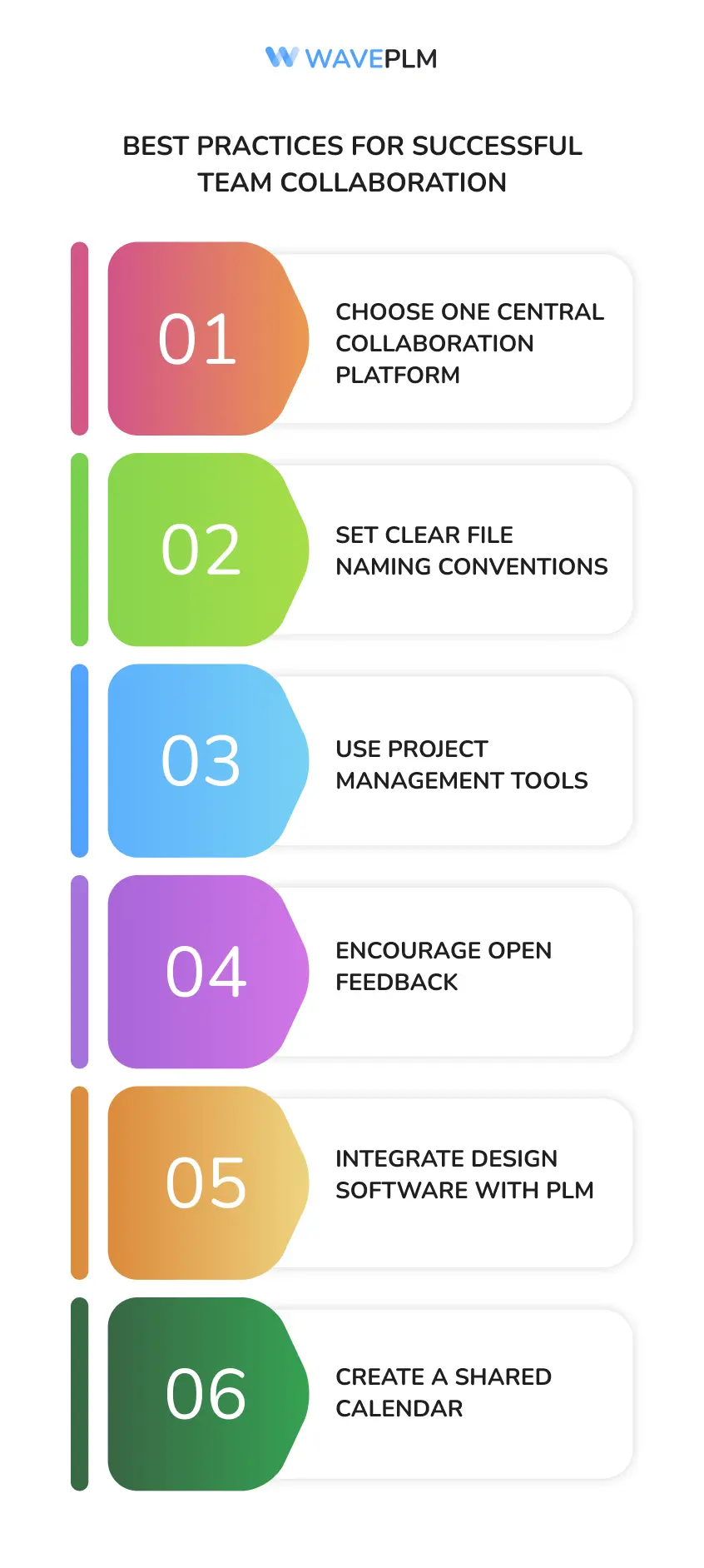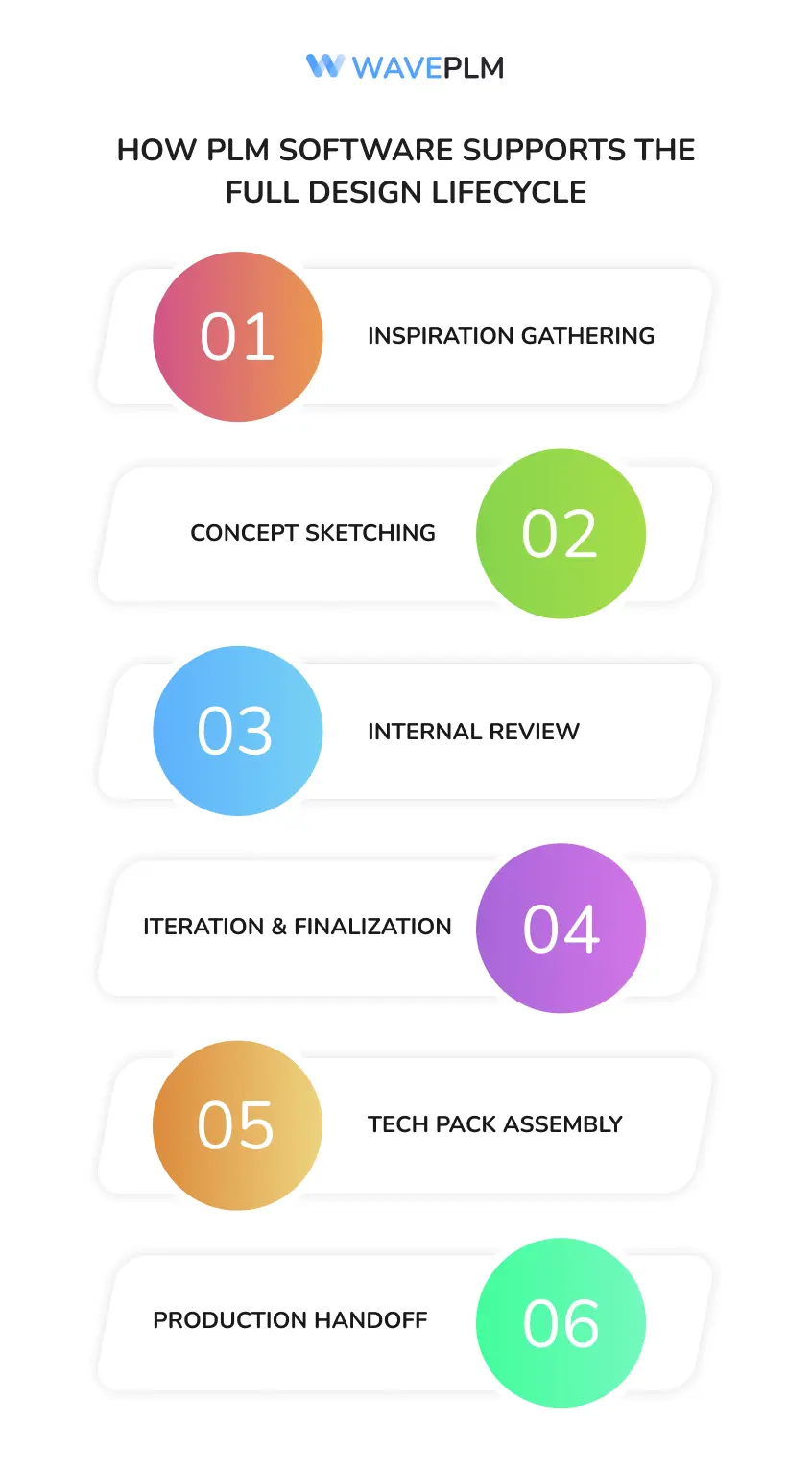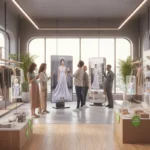
Designing in silos is no longer sustainable for fashion brands that want to stay competitive. Fast fashion cycles, shifting trends, and distributed teams require new ways to manage creative work. That’s where collaborative design software steps in. When paired with PLM software, it becomes the ultimate tool to power real-time teamwork, improve workflow, and cut time-to-market.
In this expanded guide, we’ll explore how collaborative software, when integrated with product lifecycle management tools, transforms design collaboration in fashion. From early sketches to final tech packs, this article shows how designers, project managers, developers, and marketers work together better using the best online collaboration tools.
What Is Collaborative Design Software?
Collaborative design software lets multiple users contribute to and manage visual projects at once. It’s not just about drawing or prototyping. It’s about teamwork, communication, and continuous feedback across departments.
With collaborative tools, fashion teams can:
- Upload, share, and update files in real time
- Collaborate on sketches, 3D models, CAD files, and graphics
- Add annotations, comments, and approvals
- Track changes and versions
- Streamline feedback and reduce back-and-forth emails
This software becomes even more powerful when used within a PLM system. That’s where everything — from initial concept to production — lives in one place.
PLM Software: The Backbone of Fashion Collaboration
PLM software, or Product Lifecycle Management software, supports product design from start to finish. It connects people, data, and processes in one central collaboration platform. When collaborative software is built into the fashion PLM, every task becomes faster and clearer.
Fashion PLM systems act as a project management tool, collaboration hub, and file repository. They give structure to creative workflows and make sure all team members have access to the latest assets.
Benefits of Collaborative Design Software within PLM
| Feature | Benefit |
|---|---|
| Real-time collaboration | Multiple teams can review and work on designs together |
| File sharing | Quickly upload and distribute visual assets, CAD files, and moodboards |
| Version control | Track edits, manage approvals, and revert changes when needed |
| Workflow software integration | Automate task assignments and milestone tracking |
| Cloud collaboration | Access design files from anywhere on any device |
| Centralized communication | Eliminate scattered email threads and chat history |
| CAD software compatibility | Work directly with 3D models and tech packs |
When these features are unified in a PLM solution, they enhance collaboration and improve productivity across every phase of product development.
Best Features to Look for in Collaborative Software
Fashion companies use a wide range of online collaboration software design tools. But how do you choose the best design collaboration software for your team?
Here’s a feature checklist to guide your search:
Must-Have Features
- Real-time collaboration: Enable multiple users to edit and review files live
- Cloud-based access: Work remotely or with global teams
- Workflow automation: Move designs through stages with task assignments
- Version tracking: Keep a clean history of all edits and changes
- Annotations and feedback tools: Centralized commenting, tagging, and approvals
- CAD file support: Work with 3D models and tech specs seamlessly
- Role-based access: Limit visibility to protect sensitive data
- Online file sharing: Send large design files without using email
These tools support online collaboration and help design teams collaborate effectively.

Real-World Use Cases in Fashion Product Design
Let’s look at how fashion brands use collaborative design tools daily to save time and improve outcomes.
1. Collaborative Product Design Reviews
Design teams upload CAD drawings or moodboards to a cloud collaboration platform. Stakeholders leave comments directly on the files. Edits happen in real time. Nothing gets lost in translation.
2. Mood Boards and Color Stories
Graphic designers build visual narratives using design software. Online collaboration allows marketing, design, and production teams to align on themes. Feedback is fast and centralized.
3. Tech Pack Creation and Review
PLM software allows designers to build tech packs together. Developers, patternmakers, and managers comment on specs. Everyone sees the latest version in real time.
4. Social Media-Inspired Feedback Loops
Teams monitor social media for trend signals. Designers upload sketches inspired by user-generated content. Feedback from marketing and merch teams gets integrated instantly.
5. Cross-Team Communication on Product Changes
If there’s a last-minute color or trim change, teams can upload the update directly to the fashion PLM. Notifications alert everyone involved. No emails or meetings required.
Top Online Collaboration Tools to Integrate with PLM
Here’s a comparison table of the most useful collaborative design tools for fashion brands:
| Tool | Use Case | Key Features |
|---|---|---|
| Google Drive | File sharing | Live document editing, comments, cloud sync |
| Figma | UI and graphic design | Real-time design, prototyping, collaboration |
| Adobe Creative Cloud | Graphic and product design | Cloud sync, asset management, design software plugins |
| Trello | Project tracking | Task boards, checklists, workflow software integration |
| Asana | Task management | Role-based tasking, visual timelines, team software dashboards |
These tools support remote collaboration and can often be integrated with PLM systems.
How Collaborative Software Saves Time and Boosts Productivity
Teams save time when they stop switching between disconnected tools. A central collaboration platform allows designers, project managers, and developers to work faster.
Productivity Gains in Action
- Quicker feedback loops: Get feedback in minutes, not days
- Fewer file errors: Always work on the right version
- Reduced rework: Real-time collaboration prevents duplicated effort
- Better time tracking: Project managers see real-time progress
- Improved problem solving: Teams address blockers collaboratively
Fashion moves fast. Collaborative software helps teams keep up.
Best Practices for Successful Team Collaboration
Here are strategies for ensuring your team collaboration process stays efficient and productive:
- Choose one central collaboration platform. Avoid scattering files across systems.
- Set clear file naming conventions. Consistency helps everyone find what they need.
- Use project management tools. Assign tasks, track progress, and manage feedback within one tool.
- Encourage open feedback. Make commenting part of the workflow.
- Integrate design software with PLM. Connect Figma, Adobe, or CAD tools for seamless handoffs.
- Create a shared calendar. Stay aligned on deadlines, reviews, and production stages.
When teams follow these practices, collaboration becomes second nature.

How PLM Software Supports the Full Design Lifecycle
A modern PLM system supports all design and development activities, from initial inspiration to product launch. Collaborative software built into fashion PLM means fewer meetings, faster decisions, and aligned teams.
Step-by-Step Workflow Example:
- Inspiration Gathering: Graphic designers build boards using social media insights.
- Concept Sketching: Design teams create initial ideas using CAD software.
- Internal Review: Stakeholders leave comments and request changes.
- Iteration & Finalization: Teams resolve issues through cloud collaboration and feedback loops.
- Tech Pack Assembly: Approved designs are turned into detailed specs.
- Production Handoff: Tech packs are shared with sourcing teams and factories.
With online collaboration, every team member stays connected. Product managers monitor status with complete visibility.

Final Thoughts
Collaborative design software is more than a trend — it’s the future of fashion product development. Brands that embrace real-time collaboration and PLM integration improve productivity, boost creativity, and launch better products.
To recap, the benefits include:
- Faster feedback and approvals
- Seamless cloud collaboration
- Time savings for design teams
- Version control and file sharing
- Integration with CAD software and online tools
Fashion is moving faster than ever. If your team still uses email and scattered files, it’s time to upgrade. A modern collaboration platform, powered by PLM, ensures your team stays aligned, efficient, and creative.
FAQs: Collaborative Design Software for Fashion
| Question | Answer |
|---|---|
| What is the best design collaboration software for fashion? | Look for cloud-based tools with version control, PLM integration, and CAD support. |
| Can I use Google Drive for fashion design collaboration? | Yes, but it’s limited. PLM systems offer better design management, feedback tracking, and workflow features. |
| Does PLM support 3D models and CAD integration? | Yes. Many PLM platforms support file previews and direct uploads from CAD software. |
| How does collaborative software improve workflow? | It centralizes work, reduces waiting, and gives real-time updates for faster decision-making. |
Want to upgrade your team’s creative workflow? Contact Wave PLM to learn how our collaborative design platform powers seamless teamwork from concept to creation.





Leave a Reply